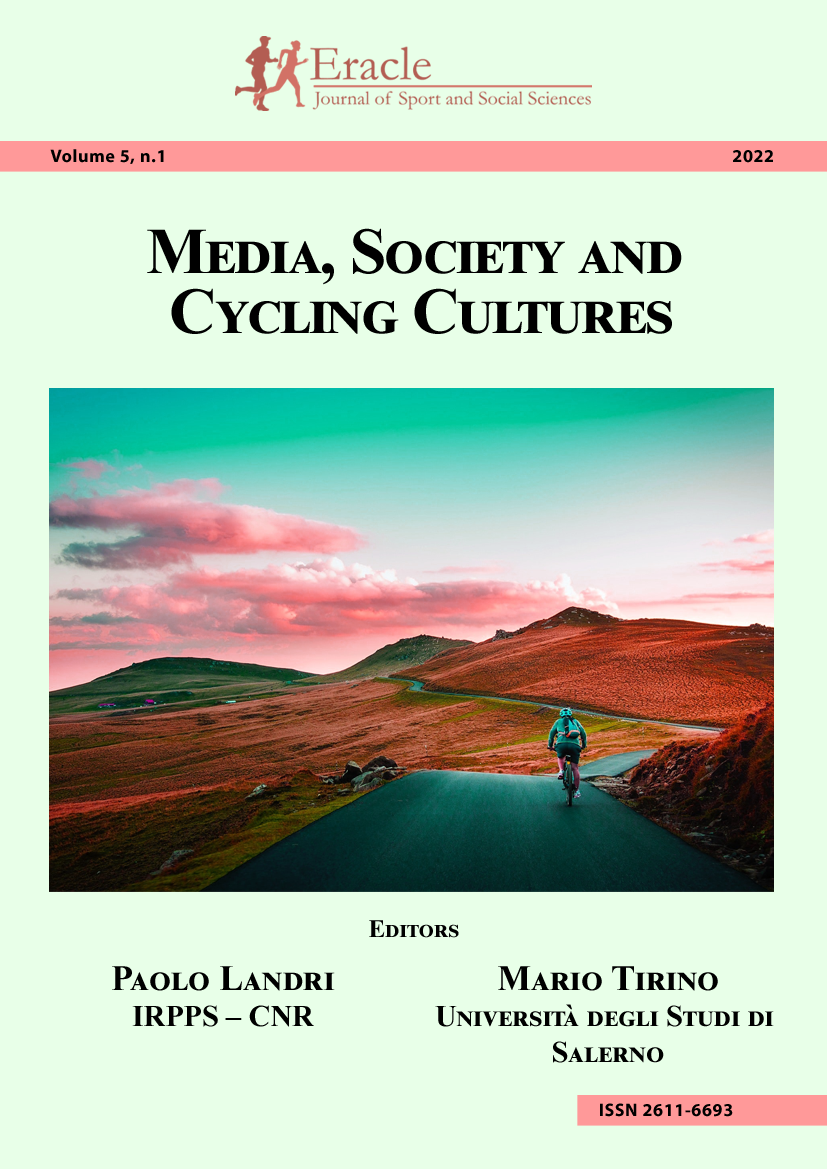Trouble in Watopia: Negotiating Community Wellbeing and Cheating in Zwift eSports Cycling
Abstract
This article examines Zwift (2015), a massively multiplayer online game that uses an indoor trainer to connect one’s bicycle to a virtual world. Using the trainer’s various sensors, the game translates speed, cadence, and power data into the movement of the user’s in-game avatar. One of Zwift’s most popular features are its competitive races that allow cyclists to compete against others at recreational and elite levels. As in any multiplayer game, cheating has become a concern on the platform. Much of the discussion around cheating has focused on “weight-doping,” whereby an individual manipulates their weight to gain an advantage over other racers. While virtual “weigh-ins” have been implemented to curb cheating at the elite level, these have proven to be controversial and potentially harmful to racers. Drawing on studies of cheating in games, this article examines the mechanics of Zwift that give rise to “weight-doping” to understand the risks and potential harm of its current anti-cheat measures and their relation to self-tracking and gamification.
